Why we do hard things
Expedition leader, photographer and writer Ian Finch has made a career of months-long adventures in some of the world’s most extreme conditions. He takes us back to his Fjällräven Polar experience and explains why our toughest moments might just be our greatest treasures.
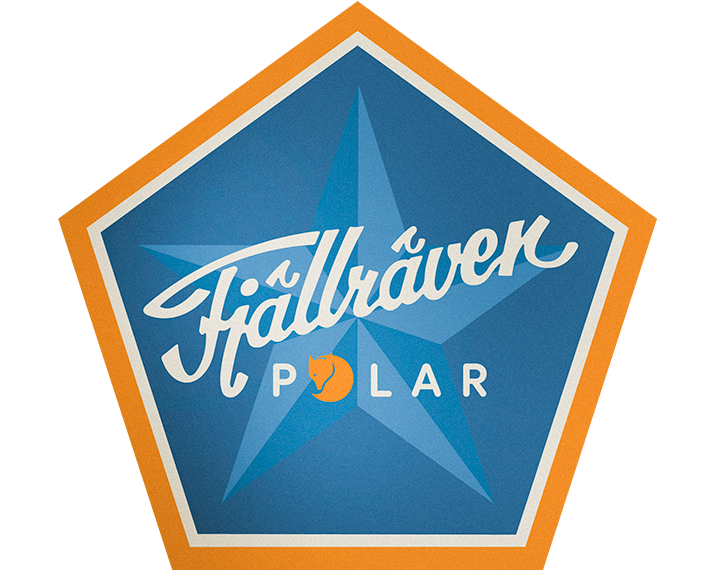
Give us an overview. How would you describe Fjällräven Polar?
Fjällräven Polar is a dogsledding expedition through northern Scandinavia. It's a trip where you're in charge of your own dog team and the welfare of your dogs. It's about a 300 kilometre journey through some absolutely crazy landscapes, beautiful landscapes. It’s one of the most breathtaking things I've ever done.

It's a community experience that’s so unique that the group of people involved will be forever connected. That's the beauty of Fjällräven Polar.
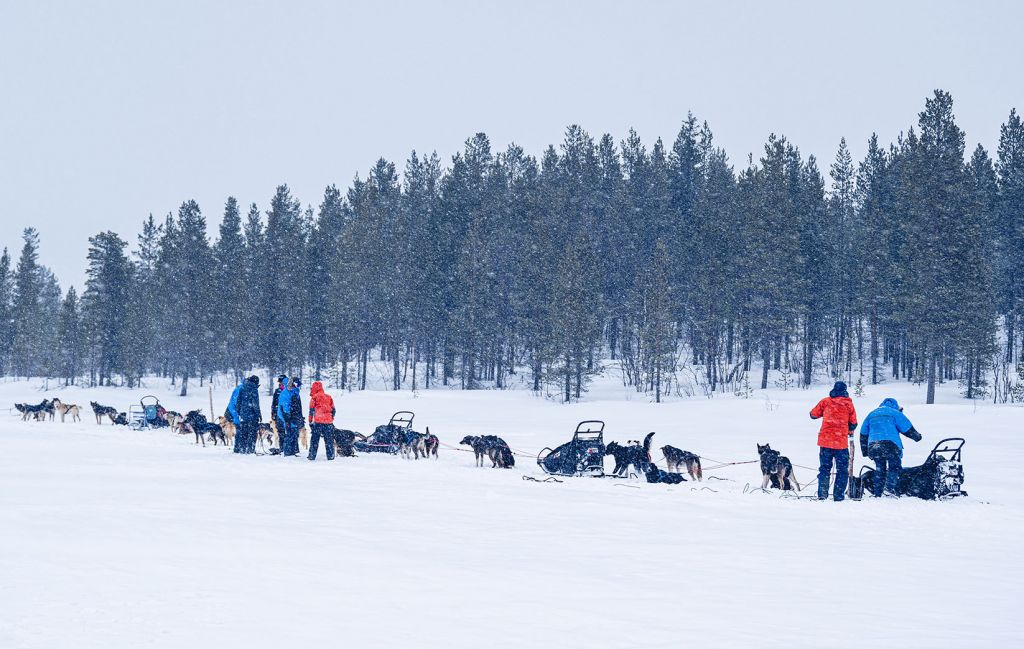
Can you paint the landscape you experienced in words?
It transitioned from rolling, forested hills to huge, immense frozen lakes, where the winds whip across these lakes, ferocious and cold. We’re talking miles and miles of these frozen lakes. Then in the far distance are beautiful hills with high plateaus transitioning past huts and cabins.
I think when we learn about the environment, we care about it.
You’ve shaped your life around challenges in the outdoors. What are the particular challenges of Fjällräven Polar?
There’s a lot work to be done in potentially extremely cold temperatures. It's tiring, and that's when certain things become really exposed. It's a lesson for life, really. In the cold, the whole dynamic of adventure changes. And it’s the teamwork element that really bonds people together. There are good times, there are times when people are tired and people are what we used to call in the military ‘flashing', which is when they're biting each other a little, but it brings everybody together. It's a community experience that’s so unique that the group of people involved will be forever connected. That's the beauty of Fjällräven Polar.
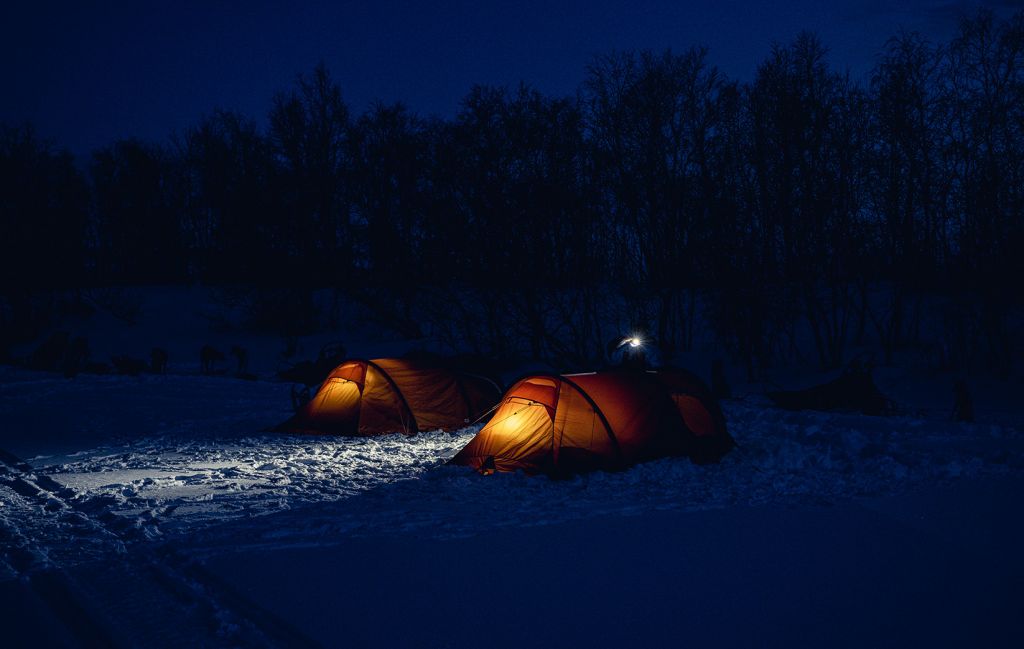
What’s the value of taking on highly challenging experiences?
You can draw on experiences like Fjällräven Polar, and then take them into your life and be like, ‘If you can work in situations like that, you can work through situations in life.’ The whole trip, because it's in an extreme environment, and because it's long and challenging, you learn a lot about yourself, and that's a beautiful adventure.
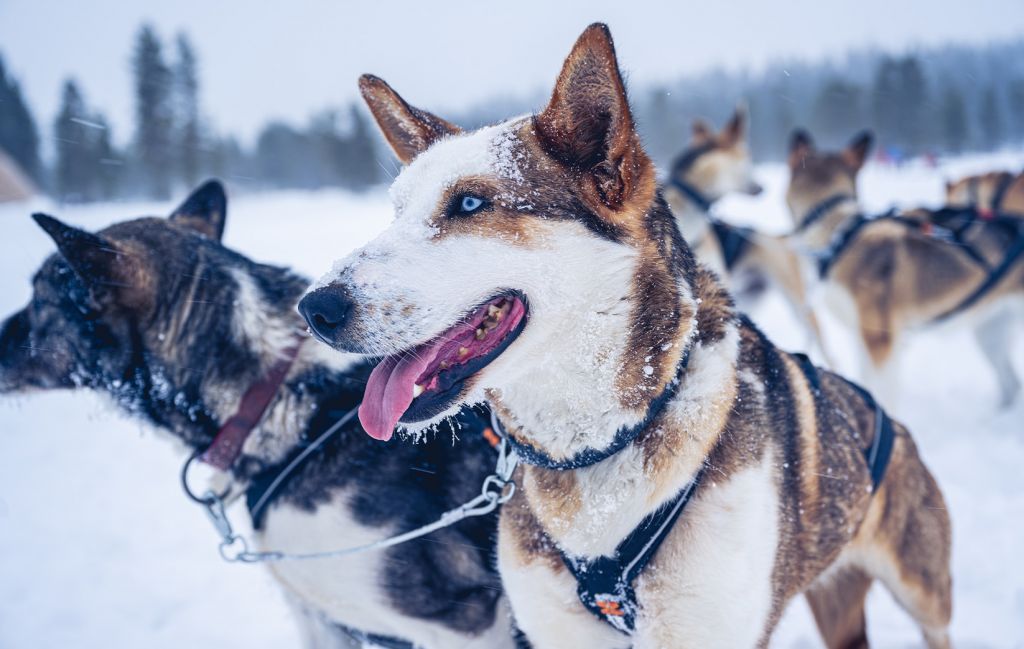
Everyone learns something different at Fjällräven Polar. What was your favourite takeaway?
George (wildlife photographer, George Mckenzie Jr, Ian’s tent-mate) taught me a lot, he really did. I’m more on the serious end of adventure, but he taught me to be a little bit more humorous in those kinds of situations. One of our sayings in the Marines was, ‘Always have humour in adversity.’ For many explorers and people that go through extreme experiences, humour gets you through. It plays a huge role in keeping morale up and spirits high.
Because it's in an extreme environment, and because it's long and challenging, you learn a lot about yourself, and that's a beautiful adventure.
Outdoorsy types are always curious about what’s in each other’s packs. What items were you grateful you had with you?
Wow. The parka – game changer. Absolute game changer. I always take foam earplugs with me – that’s a good one, if it’s snowing, raining or really windy. And I had what I like to call my little bags of morale. Which are just little bags of chocolate candy which I passed around each day. It’s a little taste of home.
What about camera gear? What should burgeoning wildlife photographers be packing?
The best camera is the one you’ve got on you, whether it’s your iPhone or a larger camera. Storytelling can come from any kind of camera, but there’s one called the Fuji X-T2 which is a really, really good camera and quite small.
What’s your best storytelling advice?
One of the things I was told by a documentary filmmaker friend is that you should try and tell any story within five pictures: Start wide and then each photo comes in closer, so you have a wide establishing shot, a closer-in shot and then detail, detail, detail. Get in touch with your way of telling a story. Creativity is such a personal thing—we tend to worry what other people with think—but it’s about finding your unique voice and owning it.
Why is it so important for you to tell stories about the places you visit?
‘Cause I think when we learn about the environment, we care about it. That's why, when I experienced Fjällräven Polar and met the Sámi people, I had a much greater awareness of how important those places are. They have so much knowledge and wisdom, they share their homes and their food. What can I give back that is of equal value? That's something I always have to think hard about. The only thing I can do is to tell their stories from an authentic place, and then honour their landscape, their people, and the environment, share the stories of the fragility of their environment, and how we can change our thinking and our ways of living to help protect those places.
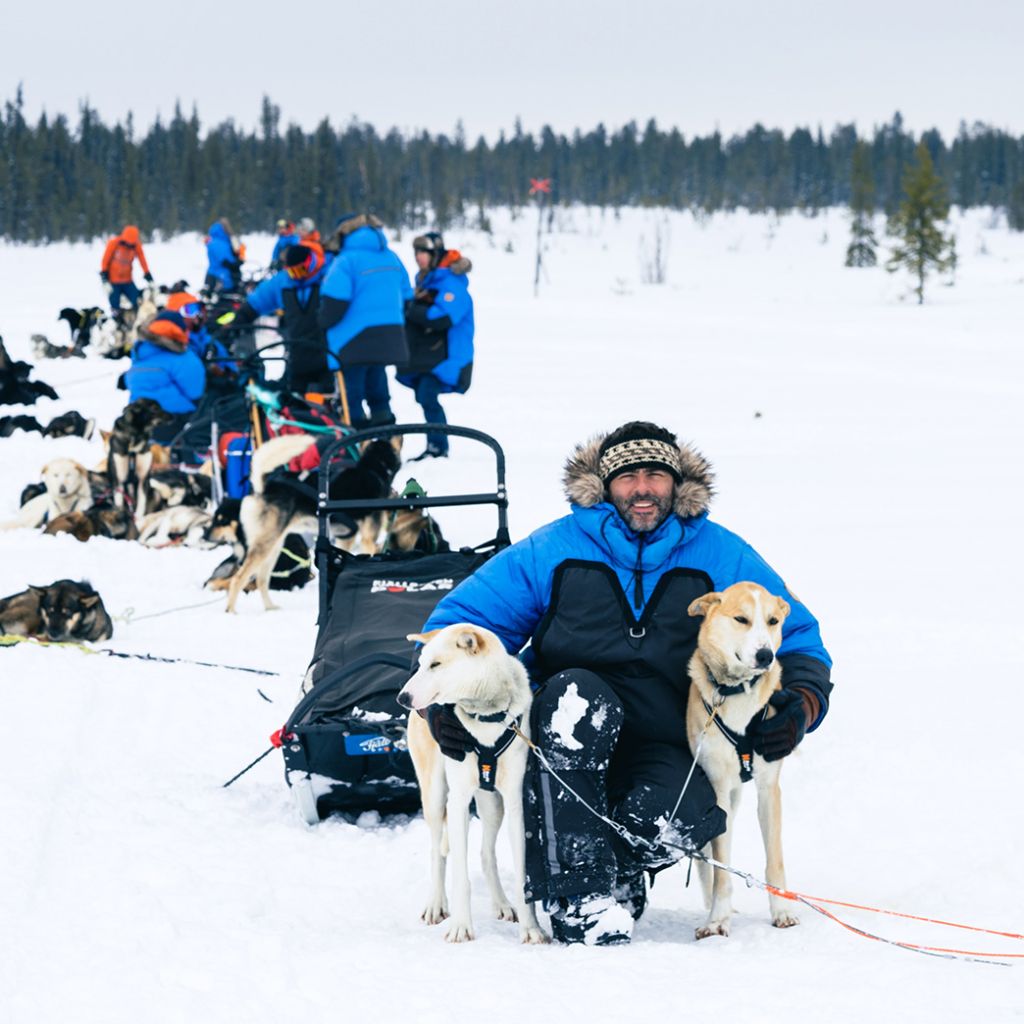
By Jasmine Pahl
Jasmine Pahl is a writer who loves exploring wild places in British Colombia, Canada and in the Appalachians as a backpacker and mushroom forager.
Join the adventure of a lifetime.

Fjällräven Polar Stories
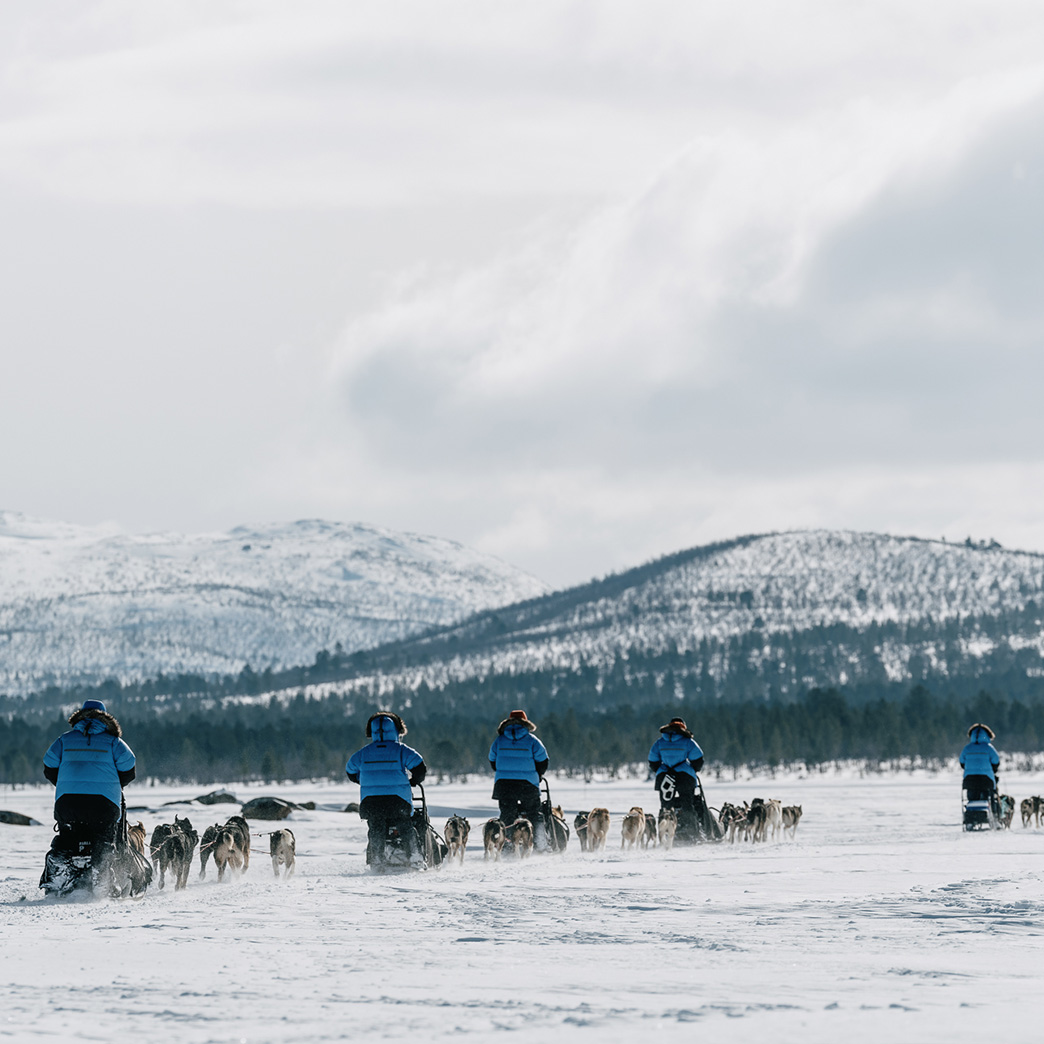
How to dress for arctic conditions
As the age-old phrase goes, there’s no such thing as bad weather, just bad clothes. But how do you dress for more extreme conditions – say, 200km above the Arctic Circle? Find out here.
